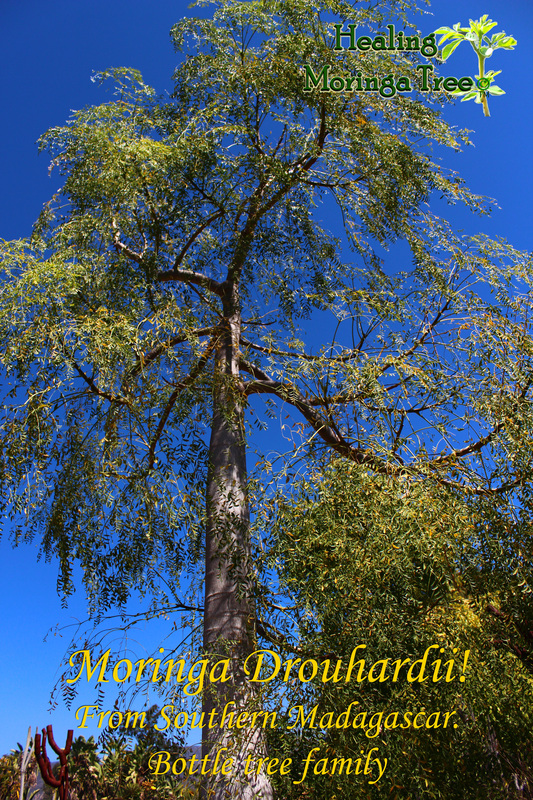|
WELCOME TO HEALING MORINGA TREE LLC.
Southern California's home for organically grown moringa trees, moringa seeds, moringa pods, and other medicinal herbs recognized as superfoods. Here you can purchase our moringa powder, moringa flakes, and raw moringa leaves in their purest form. In addition, our love for moringa even runs over to benefit the animals. From our moringa treats for pets, to our moringa recipes for breakfast, lunch, or dinner. We provide a reliable source for solutions through the rich qualities of our moringa products. Keeping an optimistic frame of mind toward the moringa's resourcefulness, we try to keep updated facts about the 13 species of moringa tree. With a love for people in general, your health, and the health of your family member's demand nothing less than your best interest. This is why we offer the world a broad range of moringa blended all natural herbal remedies honorably made in America. Whether you have skin issues, allergies, or a serious medical condition, you and the health professionals you trust can rely on our moringa in comfort. Satisfaction guaranteed! Thank you for your choosing HealingMoringaTree! HOME OF THE BIBLICAL TREE OF LIFE/THE MIRACLE TREE (Exodus 15:24-26). For More Please Visit Us At: www.HealingMoringaTree.com
0 Comments
I had been doing so based on the theory that dietary fat contributes to the buildup of cholesterol in coronary arteries...a theory that seemed to have been confirmed by several preliminary studies.
Think of all the heart patients who might have benefited if doctors back then had been willing to recommend a low-fat diet. After all, the risk of cutting down on fat is pretty small. The situation is similar with vitamin supplements today. There are theoretical reasons to take antioxidants (including vitamins C and E and the mineral selenium). They gobble up free radicals, ubiquitous molecules that are thought to contribute to the development of both cancer and heart disease. And the evidence is that the risk of taking moderate doses of these vitamins is pretty small. In that spirit, here are my educated guesses. Every morning, in addition to a multivitamin with minerals, I take 250 milligrams (mg) of vitamin C, 400 international units of natural vitamin E and 200 micrograms of selenium. Whenever possible, I buy inexpensive store brands. Even though I take these supplements, I firmly believe that a healthful diet is more important. If you eat poorly, I doubt you can undo all the damage by popping a few vitamins. Accordingly, I've been a not-too-strict vegetarian for years, consuming mostly whole grains, fruits, legumes, vegetables, a little fish and some low-fat dairy products like yogurt. To me, the vitamins are like a little added insurance. My educated guesses could turn out to be wrong, so by all means stay tuned. New evidence might suggest the benefits of some vitamins not previously understood...while discrediting others. Like me, plenty of doctors take dietary supplements, even if they don't recommend them to their patients. In this case, you may want to do what we do... and not what we say. MORINGA
WELCOME TO HEALING MORINGA TREE LLC TM
California Organically Grown Moringa Trees, Specialty-Herbs, Seeds, and a perfectly blended beauty-product-line for hair, skin, & hygiene. Not to leave out our loving pets; (Dogs, Cats, Birds, Fish, and even Livestock), we only aim to nourish all that can be. Provided with additional resources in the Chinese herbal formula field, to keeping current and updated knowledge about medicinal herbs and their benefits. With a love for people in general, great customer service comes second nature, which makes satisfaction our motivation. Producing high quality products consistently, American made, and personally touched is a reward within it self. Thank You for choosing our Moringa Family! HOME OF THE BIBLICAL TREE OF LIFE/THE MIRACLE TREE (Exodus 15:24-26).
COME VISIT US AT:WWW.HEALINGMORINGATREE.COM
Hives (urticaria) is an allergic reaction in the skin characterized by white or pink welts or large bumps surrounded with redness. These lesions are known as wheal and flare lesions and are caused primarily by the release of histamine (an allergic mediator) in the skin. About fifty percent of patients with hives develop angioedema...a deeper, more serious form involving the tissue below the surface of the skin.
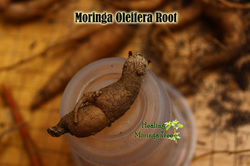
Hives and angioedema are relatively common conditions: it is estimated that fifteen to twenty percent of the general population has had hives at some time. Although persons in any age group may experience acute or chronic hives and/or angioedema, young adults (post-adolescence through the third decade of life) are most often affected. The basic cause of hives involves the release of inflammatory mediators from mast cells or basophils...white blood vessels, particularly in the skin, while basophils circulate in the blood. The classic allergic reaction occurs as a result of complexes of allergic antibodies (IgE) and antigens (foreign molecules) binding to mast cells and basophils and stimulating the release of histamine and other factors appear to be more important in stimulating the release of histamine in hives.
One of the top three will combat if not prevent allergic reactions from occuring depending on the person. Hives can be produced as a result of reactions to various physical conditions. The most common forms of physical urticaria are dermographic, cholinergic, and cold urticaria. These are briefly described below. Less common types of physical urticaria or angioedema are: contact, solar, pressure, heat contact, aquagenic, vibratory, and exercise-induced.
For more on Moringa benefits: www.HealingMorigaTree.com
 Why moringa can reduce sickle cell crisis Why moringa can reduce sickle cell crisis
Why Moringa can reduce sickle cell crisis..
Moringa plant an A-Z superfood. Imagine a tree that will meet all your nutritional and medicinal needs and even help to ensure potable water in your home. This tree actually exists. For centuries, natives of Asia and Africa have known the many benefits of Moringa oleifera. Its uses are as diverse as the names it is known by, such as clarifier tree, horseradish tree and drumstick tree (referring to its large drumstick shaped pods). In developing tropical countries, Moringa trees have been used to combat malnutrition, especially among infants and nursing mothers. The immature pods are extremely nutritious, containing all the essential amino acids along with many vitamins and other nutrients. The immature pod can be eaten raw or prepared like green peas or green beans, while the mature pods are usually fried and possess a peanut-like flavour. The pods also yield between 38 and 40 per cent of non-drying, edible oil known as Ben Oil. This oil is clear, sweet and odourless, and never becomes rancid. Overall, its nutritional value most closely resembles olive oil. Now, researchers in a new study, which investigated the potentials of the seed, flower and leaf of Moringa oleifera, have suggested this multipurpose plant could play a role in the management of Sickle cell disease, if incorporated into their diet. In the study, the researchers tested the effects of extracts made from Moringa oleifera seeds, flower and leaf extract on red blood cells and found they were able to reverse a red blood cell that had sickle back to its normal shape. The study found that the extracts (namely methanol, ethanol, butanol, chloroform, and ethyl acetate) of the seed and flower demonstrated a higher antisickling activity in comparison to the leaf extract. But the seeds’ aqueous extracts exhibited a higher percentage reversal of sickling of all the tested parts of the plant. However, sickling reversal was more pronounced at the highest tested concentration (20 mg/ml). Although the antisickling activities of all the tested extracts/fractions compared favourably with that exhibited by PHBA, the exhibited antisickling activities were found to be concentration dependent. The 2012 study, which was documented in the Journal of Pharmaceutical and Bioallied Sciences, was carried out by Olufunmilayo E. Adejumo, Adelodun L. Kolapo, and Akintomiwa O. Folarin. It was titled: “Moringa oleifera Lam. (Moringaceae) grown in Nigeria: In vitro antisickling activity on deoxygenated erythrocyte cells.” The study was a follow up to another which corroborated the effectiveness of Moringa oleifera in the treatment of rheumatic and articulary pain, a common practice in African folk medicine. Read Full Article: https://www.facebook.com/MoringaBiopharmal/posts/353177001429302
Buy Moringa Oleifera Trees, Seedlings, & Sprouts!
We specialize in growing Moringa Oleifera, Moringa Stenopetala, Moringa Hildebrandtii, Moringa Drouhardii, & the Moringa Ovalifolia. Also known as the drumstick tree, Horseradish, the tree of life, to even the ghost tree! Our trees, seeds, & bundle sets come with care instructions. With a personal touch our herbal technics go beyond organic care & preparations. We aim to share nothing but strong, healthy, productive moringa trees. Grow your own Moringa nutrition today! Moringa homestead growing.
12 Things You Didn't Know About Moringa Oleifera
When people talk about Moringa oleifera, they talk about the super-dense nutrients. You’ll hear that Moringa leaf powder is an outstanding source of vitamins and minerals, and if you’re talking to a real expert, you might learn about its impressive antioxidant and Omega-3 profile.
Moringa is a multivitamin in a leaf, no doubt. But few know that Moringa has an ancient and impressive history as a botanical medicine. Natural medicine practitioners around the world have used Moringa for hundreds - if not thousands - of years to treat and prevent a wide range of conditions. Here are 12 highlights:
Read full Article: http://topnutritionals.ca/blog/12-things-you-didnt-know-about-moringa-oleifera.html
Like us on Facebook, or subscribe to our newsletter to get the latest updates on all things Moringa.
 10 Medicines Not to Give Your Baby by Sara Elliott Image Gallery: Parenting Not all over-the-counter medicines will leave a smile on that adorable face. See more pictures of parenting. BananaStock/Thinkstock The wide availability of over-the-counter (OTC) drugs can make them seem deceptively safe. If they're marketed as drugs for children, then they must be pretty harmless, right? Wrong. The FDA has no recommended guidelines for the use of any OTC medication on babies other than pain relievers. The cutoff for many children's medicines is 2 or 6 years old and up. If your child is younger than that, it's important to be extremely cautious when it comes to administering medicine. If you're breastfeeding, the drugs you may be taking can have health risks for your child, too. These 10 common medicines are bad for baby, and you should be on the lookout for them in any of the products you buy, regardless of the manufacturer or product name. Become an expert at reading product labels -- especially ingredient lists -- and if you can't get the information you need from the product's labeling, ask your pharmacist or call your pediatrician. Never guess. Many medicines administered to infants have side effects that you should evaluate and understand thoroughly before choosing to use them, too. Sometimes, a little cough or some discomfort is preferable to the risks involved in using strong medicines to treat common childhood illnesses. Know all of the ingredients before giving the medicine. BananaStock/Thinkstock Codeine is an example of a drug you wouldn't consciously give an infant without the express approval of your pediatrician, but it could transfer to your child while breastfeeding. There's always the chance that what you ingest will get into your breast milk, so make sure any medications you take will either stay out of your milk or be safe for your baby. Codeine can be an ingredient in prescription as well as non-prescription medications. It's a narcotic pain reliever sometimes prescribed to nursing mothers. The liver metabolizes codeine into morphine, and some women can have high levels of this metabolized morphine in their breast milk after taking codeine medications. Women who metabolize codeine quickly (ultra-rapid metabolizers) may transfer dangerous amounts to their nursing babies. Although codeine has been given to nursing mothers for years and is still prescribed in some circumstances, the FDA has had concerns about it since 2007, citing warning signs to look for in babies who may be ingesting unsafe levels of morphine in breast milk. They include:
DID YOU KNOWThe National Reye's Syndrome Foundation has assembled a list of prescription and over-the-counter medications that contain aspirin-like ingredients that you should avoid administering to any child under the age of 16: National Reye's Syndrome Foundation. There's a strong link between aspirin (and other salicylates) and Reye's syndrome, a potentially fatal neurological disorder. This is particularly true in children under the age of 16. Although instances of Reye's syndrome in children and adolescents have dropped dramatically in the last three decades, it's important to realize that salicylates can be present in over-the-counter drugs, topical products and natural herbal preparations. You may know not to administer aspirin to your child, but before you give any medication, make doubly sure that it doesn't contain salicylates that can be listed with names like acetylsalicylate, salicylic acid, white willow bark or acetylsalicylic acid. The risk for Reye's syndrome increases if aspirin-containing medications are administered to treat viral illnesses like colds and flu. Medical science recognizes that there's a connection, but hasn't yet discovered what it is. If you have any questions about a medication you want to use to treat your child's respiratory or flu-like symptoms, ask your pharmacist or pediatrician. Don't go running to the pharmacy at the first sign of a cold. Comstock/Thinkstock Never treat children younger than two years of age with over-the-counter cough and cold medicines unless specifically directed to do so by your pediatrician. This is the stark warning issued by the FDA in a public health advisory responding to reports of serious side effects in children when taking these drugs. There's research pending on the potential side effects in children between the ages of 2 and 11, and some sources recommend avoiding these drugs altogether if your child is under the age of 6. These medications treat the symptoms of respiratory distress, not the cause, and the risks, even in older children, may outweigh the benefits. DID YOU KNOW?If you have older drugs in your medicine cabinet, they may predate revelations about their safe use. Before you administer any drug you've had for a while, verify that it's within its safe-use date, and check with your pharmacist to make sure that there are no additional cautions you should be aware of. Some pain relievers, like acetaminophen (baby Tylenol) or ibuprofen (baby Advil or Motrin) are safe to give your infant in moderation for painful conditions like gas, earaches andteething, but pain relievers can also be hiding in preparations you may not expect like cold and cough medicines, upping the risk for dangerous double dosing. In fact, discovering the right dosage and formulation for a child under 2 years of age can be a challenge even if there are no other medications involved. Of course, before you turn to a pain reliever for your baby's symptoms, it's always a good idea to check with your pediatrician. Special note: Avoid giving acetaminophen to infants under 3 months old or ibuprofen to infants under 6 months old without your pediatrician's approval. Keep all adult medication out of reach of your baby. iStockphoto/Thinkstock So, you may know better, but when times are tough, you're exhausted, or it seems innocent enough, you may make the mistake of thinking a benign adult medication will be OK to administer to your infant. This can be a poor choice that's never worth the risk. Most adult over-the-counter preparations contain concentrated ingredients, additives and preservatives that may be harmful by themselves or interact with substances your infant is already taking. Whenever possible, rely on products and preparations designed specifically for babies, and if you do have to administer a product that's designed for adult use, check with your doctor or pharmacist first. DID YOU KNOW?If you're breastfeeding, discuss any medications you plan on taking, even over-the-counter medications, with your doctor. Although many drugs are safe to take while breastfeeding, it's important to make "eating for two" as nurturing and benign as possible. This is another drug that may cause problems forbreastfeeding mothers and their babies. Originally marketed outside of the United States as a treatment for nausea and vomiting, users noticed that one of the beneficial side effects of domperidone use was increased milk production in lactating women. For women who weren't producing enough milk, domperidone seemed like a worthwhile option. In 2004, the FDA published a warning letter recommending that it not be used, prompted by published reports of cardiac arrest and sudden death in some women taking intravenous domperidone, concerns about its growing importation and use, and a lack of knowledge about the effects of domperidone on breastfeeding infants. If you want to breastfeed your baby, it's always best to avoid ingesting any more drugs or potentially disruptive or harmful substances than you have to. Many new mothers opt for caution over personal comfort. If you have been diagnosed with an illness that will require drug treatment, consult with your physician and your pediatrician before deciding the best course for your breastfeeding regimen. Coordinating with medical professionals to determine the best way to feed and nurture your baby while protecting yourself is an important step to a healthier family. DID YOU KNOW?When disposing of over-the-counter and prescription medications,always refer to the instructions on the medicine bottle. If none are listed,the Office of National Drug Control Policy recommends that you try to locate a drug take-back program in your area. You may have an alphabet's worth of drugs left over from the last time you had an infant to care for, but the chances are good that many if not most of those drugs have expired "use by" dates. Before you give any drug to your baby, verify that it's safe to use on an infant, and make sure to check the "use by" date stamped on the bottle. If you can't find or decipher the batch information on the drug's packaging, don't risk it. Even if the drug is within its effective date, inspect the contents for discoloration or anything else that seems off. If it's out of date or looks suspicious, discard it. Breastfeeding is a wonderful option, but some medications can cause problems, even when they don't make their way into your breast milk. There are drugs that can adversely affect breast milk production. Diuretics can limit the amount of fluid in the breast, while drugs like anti-hypertensive beta blockers can reduce bloodflow to the arteries that carry blood to the milk-producing regions of the breast. If you're breastfeeding, make sure your doctor knows, and discuss any drugs you plan on taking in light of your breastfeeding intentions. DID YOU KNOW?From drugs to volatile organic compounds (VOCs) in new paint and carpeting, if you think your child is having a negative reaction to a substance he's come in contact with, call your pediatrician immediately. If your child is having trouble breathing, call emergency services right away. And if you have questions about a substance and want to learn more, contact the American Association of Poison Control Centers. Drugs and other sources of chemical contamination can be hiding in plain sight. Evamist is the trade name for an estradiol transdermal spray, an estrogen delivery system to help combat hot flashes during menopause. It's typically sprayed on the inside of the elbow or between the forearm and wrist, prime real estate for doting grandmothers who want to rock and entertain their grandbabies. The FDA sent out a safety announcement about Evamist in July of 2010, warning that children and infants exposed to the drug could experience premature puberty. Males could face breast enlargement while females could show signs of premature breast development and nipple swelling. If someone who comes in regular contact with your child is taking Evamist, she should wear long-sleeved clothing to avoid having direct skin contact with the child near the drug application site. Evamist is one example of a medication intended for a specific purpose that can have accidental implications for your infant, your pets and other members of your family. Even a discarded nicotine patch that inadvertently comes in contact with a toddler's skin can be dangerous, so it's important to anticipate potential drug threats from conventional as well as unconventional sources. 10 Most Popular Baby Names of All Time One year it's Brittney and Justin, next year it's Ashley and Ethan. Then all of a sudden we're back to Dick and Jane. Can you guess the 10 most popular baby names of all time? Is yours on the list? Read more » Related Articles
Sources: http://lifestyle.howstuffworks.com/family/parenting/babies/10-medicines-not-to-give-baby.htm
Re-Tone ElasticityWhere to buy Organic Moringa ? Healing Moringa Tree @ https://www.healingmoringatree.com/store/c6/Organic_Leaf_Powder_.html What has 17x the calcium of milk, 4x the protein of eggs, 10x the Vitamin A of carrots, 15x the potassium of bananas, 7x the Vitamin C of oranges and 15x the iron of spinach? I'll give you a guess...actually, best I just tell you 'else we may be here all year ;-) What is it? Moringa oleifera, also called the "Miracle tree", is a tree that grows in the foothills of the Himalayas in northern India AND (more significantly for us Aussies) in Northern Queensland. It is a multi purpose plant, whereby all parts of the Moringa plant - the gum, fruit, leaves, bark, root, seed and seed oil can be utilized. Perhaps the most remarkable thing about the Moringa is that it has such incredible health benefits over a wide-range of health issues. Throughout history Moringa has been used to treat diseases which range from cardiovascular and gastrointestinal to inflammation - Journal of Phytotherapy Research 2007. Why is it good for you? From what I gather, the possibilities are almost endless. However, here are the most commonly reported benefits: 1. Increased and longer lasting physical energy 2. Mental and emotional balance 3. Faster recovery post workout 4. Nutrient dense mothers milk - in cultures across Africa, Moringa is referred to as 'Mother's Best Friend' in that the iron, potassium, Vitamins A, B, C and E along with other important nutrients are readily absorbed from the Moringa and transferred from the mother's milk to the growing newborn. 5. Stabilizes blood sugar levels In addition, benefits of Moringa also include increased flexibility, improved sensory perception, better sleep cycles, decreased depression and anxiety and improved memory. It has been used to assist those with diabetes, arthritis, high blood pressure, and even cancer. Additionally, Moringa is an antibacterial and anti-inflammatory and works effectively on wounds or fungal skin complaints. How do we eat it? Moringa is most readily available in powder form. The reason why dried leaf powder is preferred over fresh leaves is that the nutrition is preserved (and concentrated), a single serve can contain up to ten times more specific nutrients in comparison to fresh moringa leaves. This soft fluffy powder has no side effects and is easy to store. Moringa has a nutty earthy taste which is quite strong and being water soluble can be added to soups, stews or smoothies. Peanut and lemon seem to work well with the flavour profile of Moringa. If you can get your hands on fresh Moringa leaves, pods or seeds, they can be eaten in all sorts of ways; in salads, rice or quinoa dishes, steamed or even fried in a little coconut oil. Half a cup of cooked leaves will meet your day's needs for Vitamin A & C. Do note that excess heat destroys some of the vitamins and all of the enzymes of Moringa leaves or Moringa Powder. Be sure not to cook the fresh Moringa leaves or powder for too long. Source:http://www.theholisticingredient.com/blogs/wholesome-living/13587566-superfood-feature-moringa
Here at Healing Moringa Tree, it doesn't matter the pot or the pot size, we'll make it work!
|
Archives
June 2019
We sell Organic Moringa Trees,Moringa seeds.Southern California source of healthy Organic Moringa Trees. Categories
All
|
- Store Shop
-
MORINGA TREES & SEEDS
- MORINGA TREES
- Buy Moringa Seeds & Trees
- Moringa Tree Starter Kit
- Moringa Root Kits
- Wholesale Moringa Trees
- Organic Moringa Seeds
- Buy Oleifera Seeds >
- Buy Stenopetala Seeds
- Buy Moringa Roots
- Baobab Trees for Sale >
- Buy Medicinal Plants >
- Growing Moringa
- Sustainable Supplies >
- Moringa Books >
- Ground Organic Moringa seeds
- Non-Toxic ECO Moringa Cleaners
- Clay Tea Pots
-
Moringa Health
- ORGANIC HERBAL SMOKES
-
Moringa Powder, Capsules, Tea, Dried Leaves,
>
- Moringa Honey
- Moringa Alkaline Water
- Moringa Recipes
- Moringa First Aid kits
- Moringa Tooth Powder Kit
- Diatomaceous Earth
- Buy Turmeric >
- MORINGA SPAGYRIC TINCTURE >
- Fresh Moringa >
- Moringa Herbal Olis >
- Moringa Oral Care >
- Moringa Nail Polish
- Moringa Sample set
- Colloidal Silver Products
-
Moringa Beauty Products
- Mamas Moringa Baby Products
- Organic Moringa Cosmetic Products
- Aroma Herbal Mood Sprays
- Moringa Hair Products >
-
Moringa Skin Products
>
- Organic Moringa Oil >
- Moringa Soap
- Moringa Hand Soap
- Moringa Natural Skin Care System
- Moringa Anti-Aging Face Lotion
- Moringa Infused Clay Mask
- Roll on Aluminum-Free Moringa Herbal Deodorants
- Moringa Herbal Deodorants
- Moringa Sunscreen
- Moringa Bath Salt
- Moringa Hand Sanitizer
- Moringa Chest Rub
- Moringa Foot Spray
- Moringa Vaginal lubricant
-
Moringa For PETS
- Moringa Silky Coat Dog Grooming Products
- Yorkie Hypoglycemia Relief Multivitamin Drops
- Moringa American Staffordshire Terriers
- Moringa Healthy PETS
- Moringa Doggy Treats
- Moringa Dog Food
- Organic Moringa Cat Treats
- Organic Moringa Pigeon Feed
- Organic Moringa Fish food Flakes!
- Moringa Pet Body Products
- Moringa GIFTS
- Healing Moringa MASSAGE & SPA

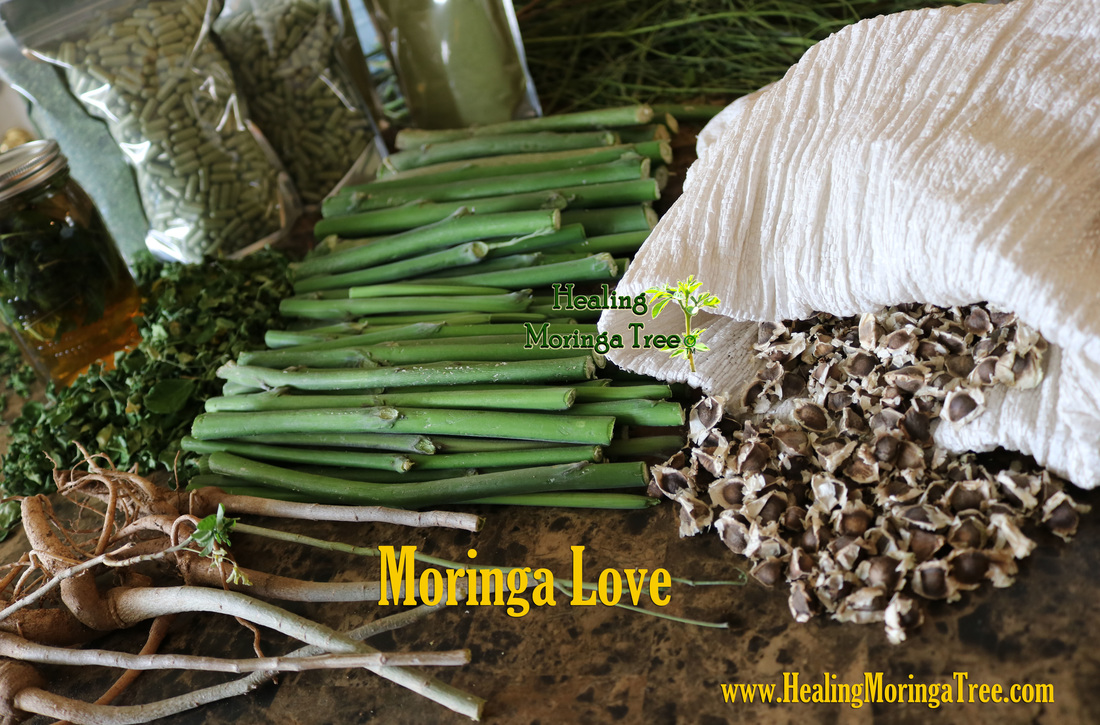




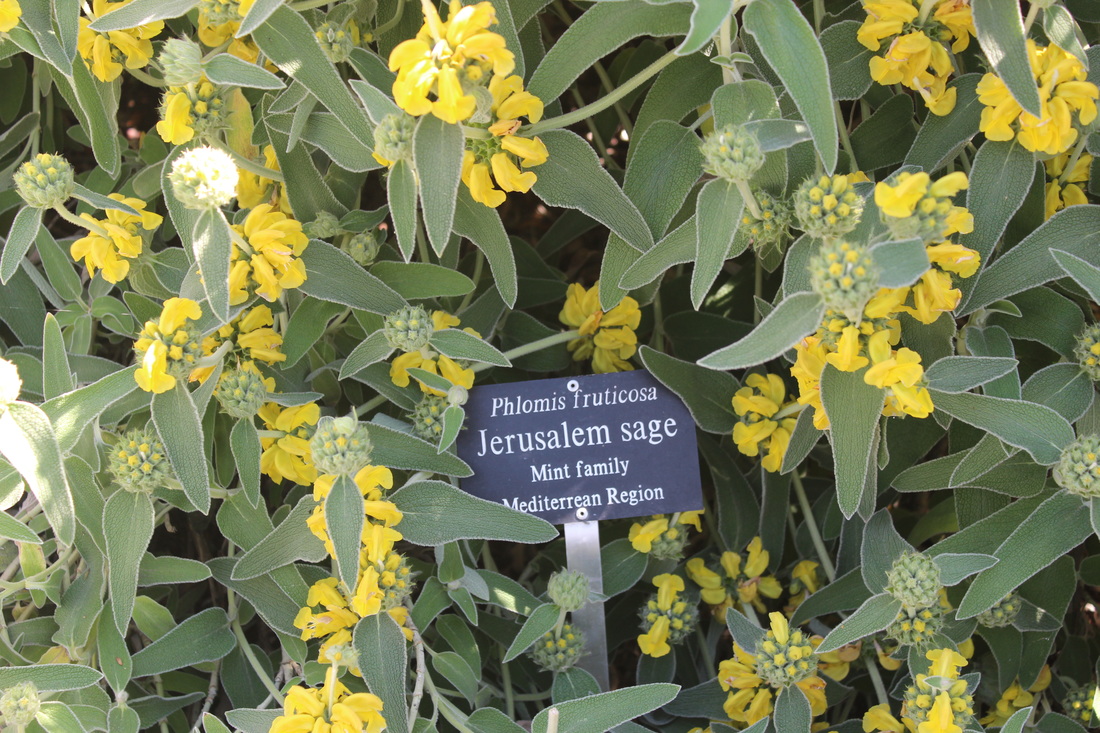














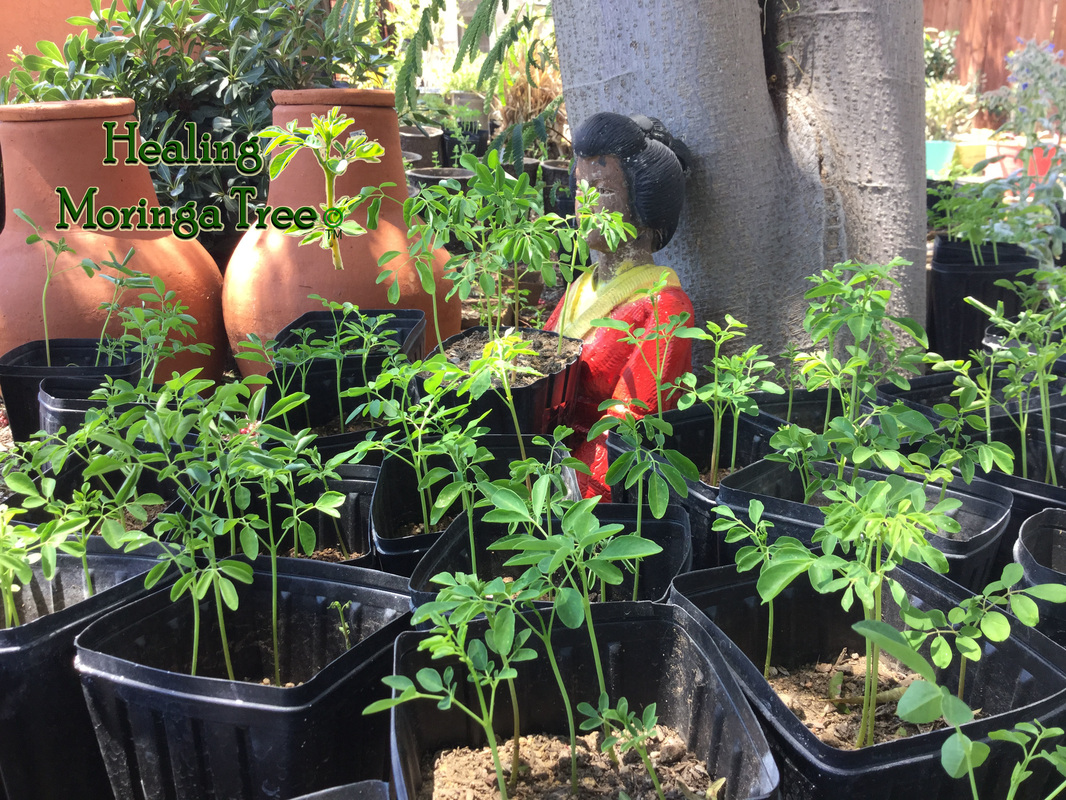

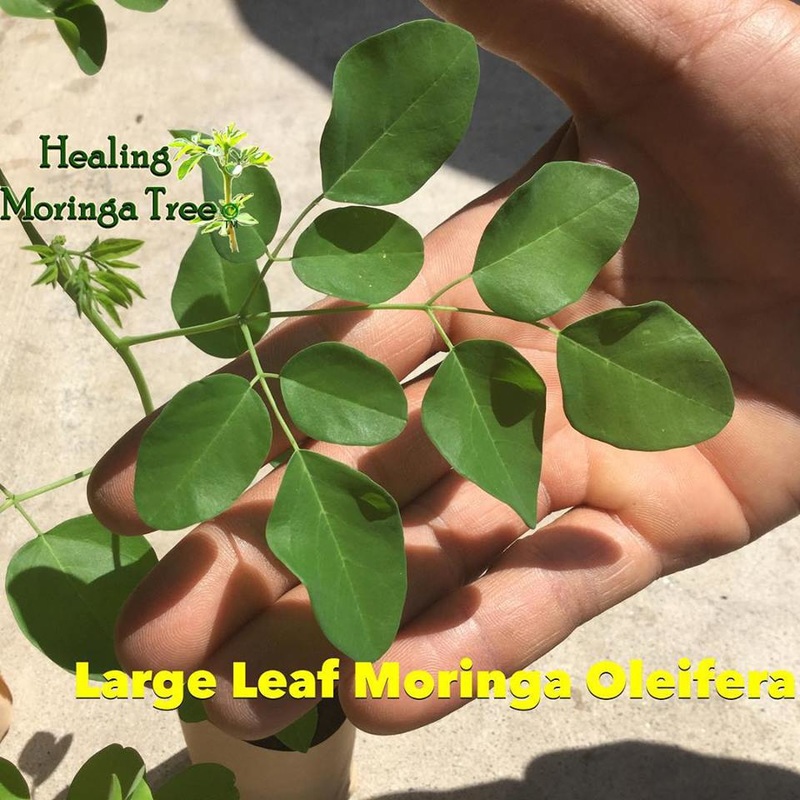

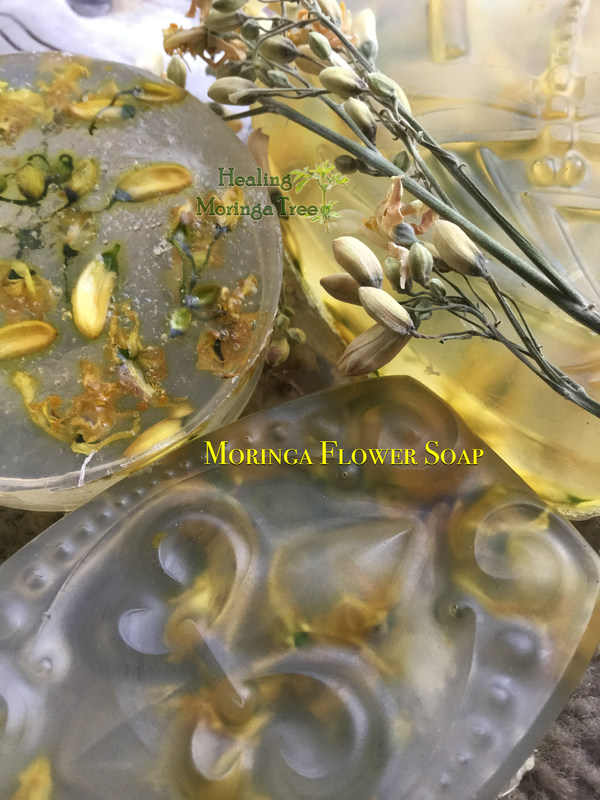






 RSS Feed
RSS Feed



